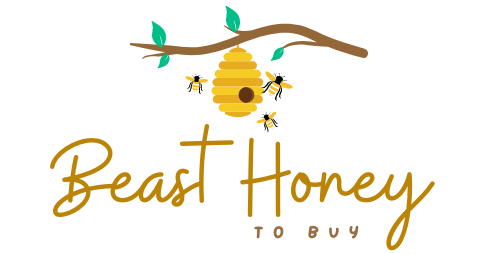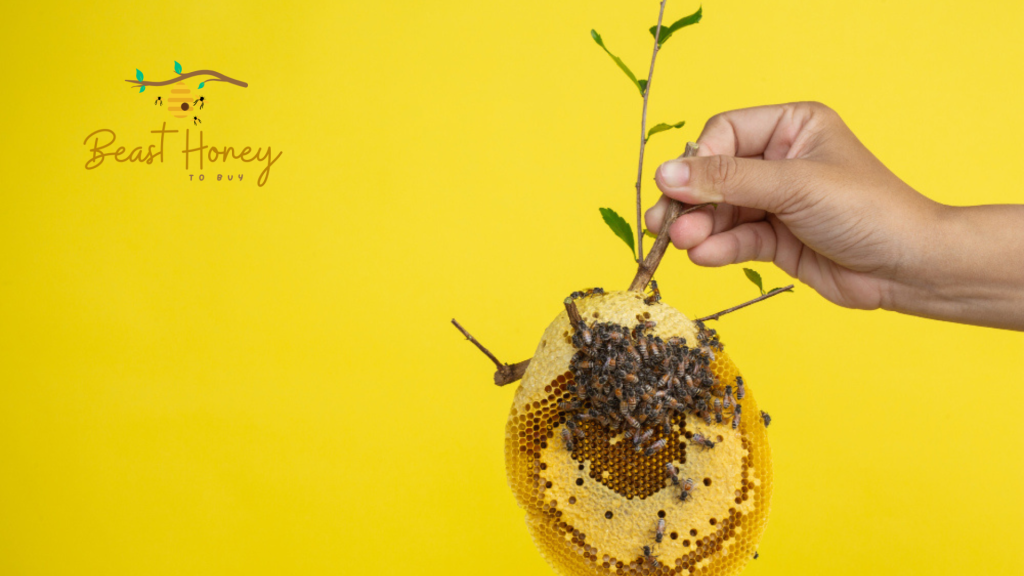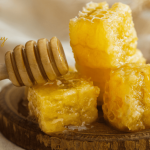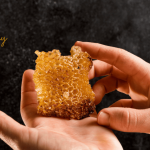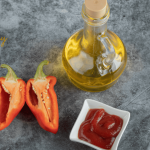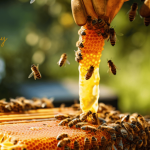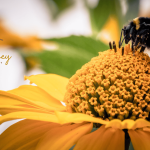Honey is a natural delight. It’s sweet, healthy, and loved by many. Buying it in bulk saves money, especially for businesses or honey enthusiasts.
But is it good for the planet? Many assume bulk honey is eco-friendly because it uses less packaging. The truth is more complex.
This guide explores the environmental impact of buying bulk honey. We’ll uncover surprising facts and share tips to make your honey habit greener. Let’s dive in!
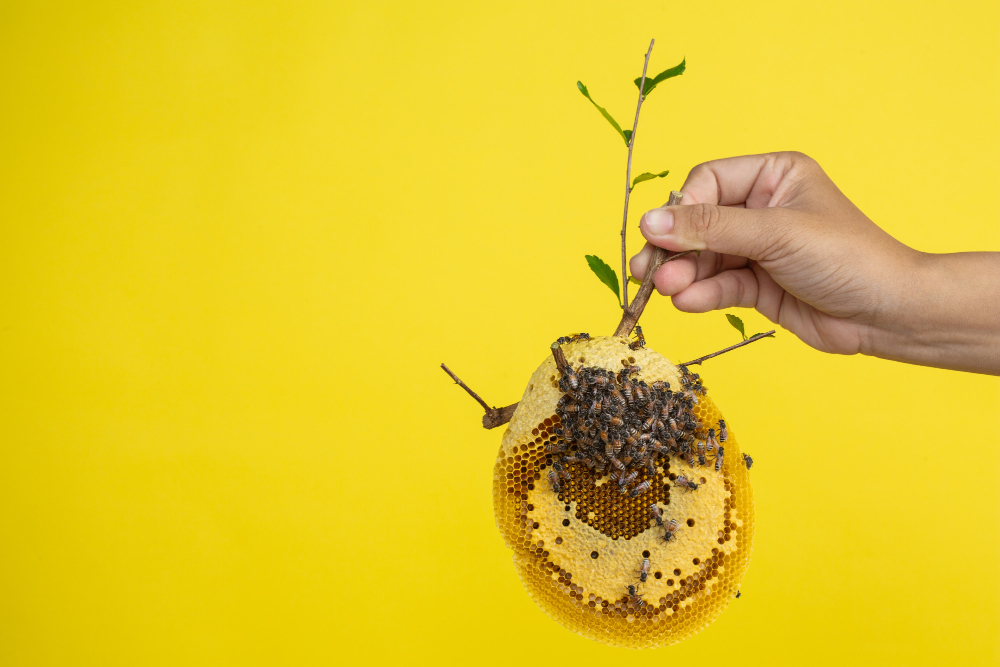
What Makes Bulk Honey Different?
Bulk honey comes in large containers. Think 5-pound jugs, 40-pound pails, or even 600-pound drums. It’s often sold by beekeepers or wholesalers.
Retail honey, on the other hand, comes in small jars or squeeze bottles. Bulk honey seems eco-friendly because it reduces packaging. But there’s more to the story.
The Eco-Friendly Side of Bulk Honey
Buying bulk honey has clear environmental benefits. Let’s look at why it can be a green choice.
Less Packaging Waste
Retail honey jars pile up fast. Each 12-ounce jar uses plastic or glass, plus lids and labels. If you buy ten jars a year, that’s ten containers in the landfill or recycling bin.
Bulk honey uses one large pail or jug. A 40-pound pail replaces dozens of small jars. Less packaging means less waste.
Lower Transportation Emissions
Bulk honey is shipped in large quantities. One truck can carry thousands of pounds in a single trip. Retail jars are shipped in smaller batches, often with extra packaging.
This means more trucks and higher carbon emissions. Buying bulk reduces the number of shipments, cutting your carbon footprint.
Supports Local Beekeepers
Local beekeepers sell bulk honey with minimal transport. Buying from them skips long-distance shipping. It also supports small businesses that care for bees.
Bees pollinate crops, helping the environment. Choosing local bulk honey boosts sustainability.
Encourages Sustainable Practices
Many bulk honey suppliers focus on raw, organic honey. Organic beekeeping avoids pesticides that harm bees and ecosystems.
By buying bulk from eco-conscious beekeepers, you support greener practices. It’s a win for the planet.
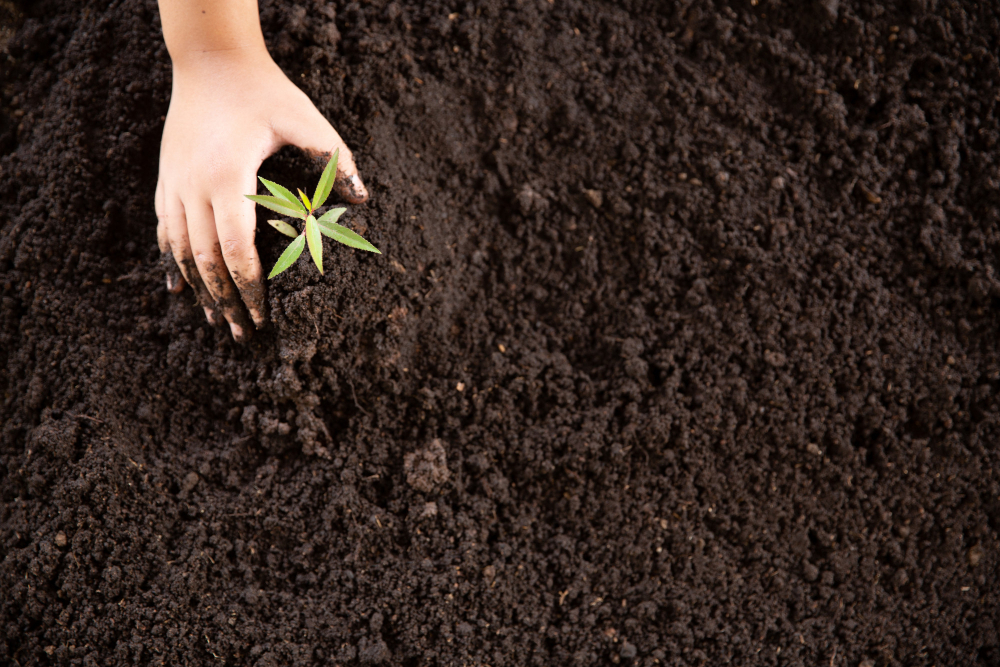
The Surprising Environmental Downsides
Bulk honey isn’t perfect. Some aspects can harm the environment. Here’s what you need to know.
Shipping Impacts
If you buy bulk honey online, shipping can be a problem. Large pails or drums are heavy. Shipping them across states or countries burns more fuel.
The carbon emissions from long-distance delivery can offset the benefits of less packaging. Retail jars from a local store might have a smaller footprint in some cases.
Storage Challenges
Bulk honey needs proper storage. If stored wrong, it can crystallize or spoil. Wasted honey means wasted resources. For example, heating honey to liquify crystals uses energy.
Improperly sealed containers can lead to fermentation, ruining large quantities. These issues increase your environmental impact.
Industrial Beekeeping Practices
Some bulk honey comes from large-scale operations. These can harm the environment. Industrial beekeepers may use antibiotics or transport bees long distances, stressing them. Overcrowded hives can spread diseases to wild bees.
If your bulk honey isn’t from a sustainable source, it’s less eco-friendly.
Plastic Containers
Many bulk honeys come in plastic pails. While they hold more than retail jars, plastic isn’t always recyclable. Some end up in landfills. Glass jars, often used for retail, are more recyclable. If your bulk supplier uses non-recyclable plastic, the environmental benefit shrinks.
How to Make Bulk Honey More Eco-Friendly
You can reduce the environmental impact of bulk honey. Here are practical tips to make your purchase greener.
Buy Local
Local beekeepers are your best bet. Their honey travels short distances, cutting emissions. Visit farmers’ markets or check online directories like LocalHoneyFinder.org.
Local honey is fresher and supports bee-friendly practices. Plus, you avoid hefty shipping fees.
Choose Sustainable Suppliers
Look for beekeepers or suppliers with eco-friendly practices. Ask these questions:
- Do you use organic methods?
- Are your hives pesticide-free?
- Do you test for purity?
- How do you package and ship?
Suppliers with USDA Organic or True Source Certified labels are more likely to be sustainable. Avoid those vague about their methods.
Opt for Recyclable Packaging
Choose suppliers who use recyclable or reusable containers. Glass jugs or food-grade stainless steel drums are better than single-use plastic. Some beekeepers let you return pails for reuse. This cuts waste and makes bulk buying greener.
Store Honey Properly
Proper storage prevents waste. Follow these tips:
- Use Airtight Containers: Keep honey in food-grade glass or BPA-free plastic.
- Store at 70–80°F: Avoid cold (causes crystallization) or heat (degrades quality).
- Keep It Dark: Store in a pantry to protect from light.
- Divide into Smaller Jars: Reduces air exposure when scooping.
Good storage saves honey and resources.
Buy Only What You Need
Bulk is great, but don’t overbuy. A 40-pound pail sounds like a deal, but if half spoils, it’s wasteful. Estimate your yearly honey use. A 5-pound jug might be enough for home use. Businesses can start with 20-pound pails and reorder as needed. Less waste means a smaller environmental footprint.
Comparing Bulk Honey to Retail Jars
How does bulk honey stack up against retail jars? Let’s break it down.
Packaging
Bulk honey wins here. One 40-pound pail creates less waste than forty 1-pound jars. But if the pail is non-recyclable plastic, retail glass jars might be better.
Check your supplier’s packaging options.
Shipping
Local bulk honey has lower emissions. But online bulk orders with long-distance shipping can match or exceed retail jar emissions. Retail jars from a nearby store are greener if you can’t find local bulk.
Sourcing
Bulk honey from small beekeepers is often raw and organic. Retail jars vary—some are processed or imported. Local bulk honey usually has a smaller environmental impact than imported retail brands.
Cost and Waste
Bulk honey is cheaper per ounce, reducing overbuying. But improper storage can lead to waste. Retail jars are pricier but easier to use up before spoiling. It’s a trade-off.
Real-Life Example: My Bulk Honey Experiment
Last year, I decided to go green with my honey purchases. I bought a 20-pound pail from a local beekeeper for $80. It replaced twenty 1-pound retail jars I’d usually buy at $8 each ($160 total). The pail was recyclable plastic, and the beekeeper used organic methods. No shipping since I picked it up at a farmers’ market. I stored it in smaller glass jars to avoid waste. My carbon footprint dropped, and I saved $80! But I learned to check storage monthly—crystallization almost ruined a batch. Local bulk was eco-friendly and budget-friendly for me.
FAQs About Bulk Honey and the Environment
Here are quick answers to common questions
- Is all bulk honey eco-friendly? Not always. It depends on sourcing, packaging, and shipping.
- Does local honey help bees? Yes, supporting local beekeepers aids bee health and pollination.
- Can I recycle honey containers? Check with your supplier. Glass and some plastics are recyclable.
- Is bulk honey always cheaper? Usually, but factor in shipping and storage costs.
These clear up doubts and guide your choices.
Final Thoughts: Is Bulk Honey Eco-Friendly?
Bulk honey can be eco-friendly, but it’s not a simple yes or no. It reduces packaging and supports local beekeepers. Local bulk honey has a smaller carbon footprint than retail jars.
But long-distance shipping, non-recyclable containers, or industrial practices can cancel out benefits.
To make bulk honey greener, buy local, choose sustainable suppliers, and store it right.
The surprising truth? Bulk honey is eco-friendly when you make smart choices. Pick a local beekeeper with organic practices. Use recyclable packaging.
Avoid overbuying. With these steps, your bulk honey habit will help the planet—and your wallet. Sweet deal, right?
For more information, visit , https://besthoneytobuy.com/
